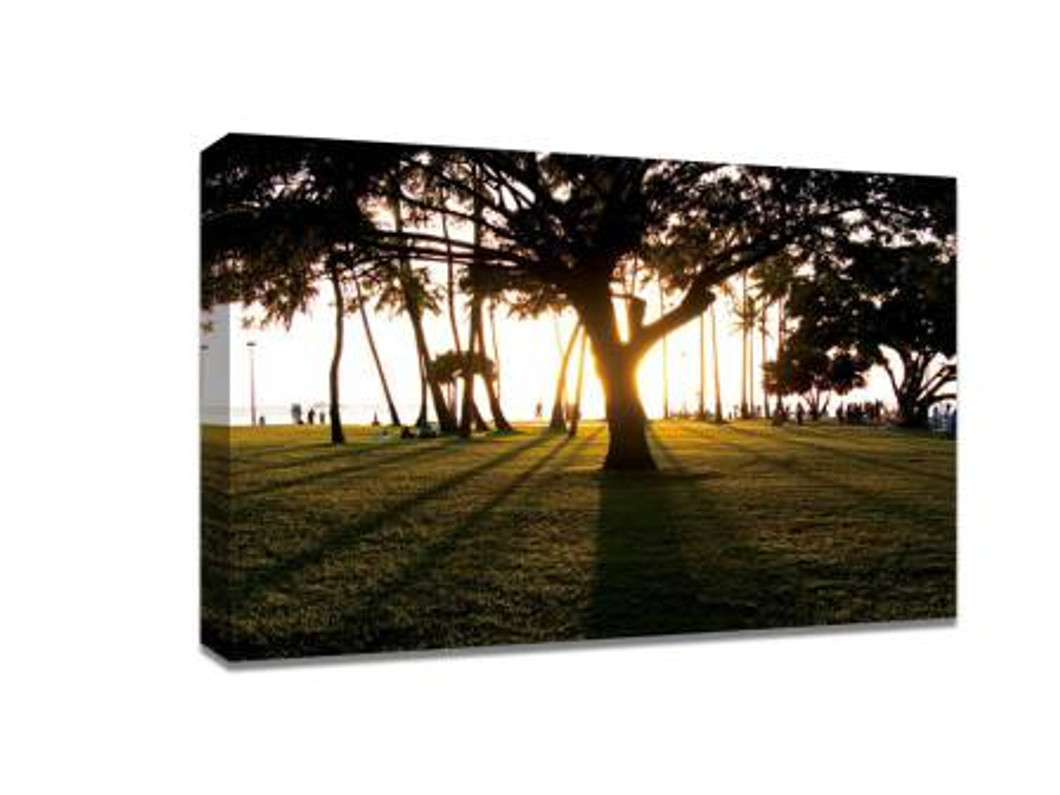Sunset Composition Techniques: Capture Breathtaking Moments
Sunsets are one of the most captivating natural phenomena, offering a rich palette of colors and moods. Capturing a sunset in all its glory requires more than just pointing your camera at the horizon. By mastering sunset composition techniques, photographers can create images that are not only visually stunning but also emotionally evocative. If you want your sunset photographs to stand out, especially for creating canvas prints Australia, understanding these techniques is essential.
1. Understanding the Golden Hour
The key to breathtaking sunset photography begins with timing. The "golden hour" — roughly the hour before sunset — provides soft, warm light that enhances colors and textures. During this period, shadows are long, and highlights are gentle, creating a natural depth in your images. To fully leverage this time, plan your shoot in advance and arrive early to scout the best locations. Using a tripod can help stabilize your camera for longer exposures, especially in low-light conditions.
2. Rule of Thirds and Horizon Placement
Composition plays a critical role in making a sunset photo visually appealing. The rule of thirds is a fundamental guideline: divide your frame into three equal parts horizontally and vertically, and position the horizon along the upper or lower third. Placing the horizon too high or too low can unbalance the image, while aligning it thoughtfully can highlight either the sky or the foreground. For instance, emphasizing the sky with vibrant sunset colors works well when the horizon is positioned in the lower third.
3. Incorporating Foreground Elements
A sunset on its own can be beautiful, but adding foreground elements adds context and depth. Rocks, trees, water reflections, or even human silhouettes can create a sense of scale and make your composition more engaging. Foreground elements also guide the viewer’s eye into the scene, enhancing the three-dimensional effect. Experiment with different perspectives, such as shooting low to the ground or framing objects against the sky, to create dynamic compositions.
4. Using Leading Lines
Leading lines are powerful compositional tools that draw attention to the main subject, which in sunset photography is usually the horizon or the sun itself. Natural lines, such as a winding path, shoreline, or fence, can guide the viewer’s gaze and add movement to your image. By thoughtfully integrating leading lines, you can create a sense of depth and direction, making your sunset photos more compelling and immersive.
5. Balancing Colors and Contrast
Sunsets are a dance of colors, from deep oranges and reds to soft purples and blues. To capture these hues accurately, adjust your camera’s white balance settings and consider using filters to control contrast. Shooting in RAW format is recommended, as it allows greater flexibility in post-processing to enhance the vibrancy of colors without losing detail. Pay attention to the balance between the warm tones of the sky and the cooler tones in the shadows to achieve a harmonious and natural look.
6. Experimenting with Silhouettes
Silhouettes are a creative way to add drama and storytelling to sunset photography. By placing a subject between the camera and the light source, you can create dark, defined shapes against the colorful sky. Silhouettes work well with trees, people, or architectural structures. This technique emphasizes the shape and form rather than details, making your images more striking and artistic.
7. Reflections and Water Shots
Bodies of water offer a unique opportunity to double the visual impact of a sunset. Reflections can enhance symmetry, create abstract patterns, and intensify colors. Whether it’s a calm lake, a beach tide, or even puddles after rain, incorporating reflections into your composition can elevate the emotional and aesthetic appeal of your photograph.
8. Post-Processing and Enhancement
While capturing the perfect shot in-camera is ideal, post-processing can further enhance your sunset photos. Adjusting exposure, contrast, saturation, and sharpness can bring out hidden details and enrich colors. Avoid over-editing, which can make images appear unnatural. Subtle tweaks often result in a more authentic and professional final product.
9. Preparing for Canvas Prints
Sunset photography is particularly suited for large-format displays such as canvas prints Australia. The rich colors and dramatic compositions of sunset images translate beautifully onto canvas, creating wall art that enhances any room. When planning for canvas prints, consider cropping and resolution to ensure your image retains its impact and clarity when enlarged.
Conclusion
Mastering sunset composition techniques requires practice, patience, and an eye for detail. By understanding lighting, framing, perspective, and post-processing, you can create sunset photographs that are both technically proficient and emotionally powerful. Whether displayed digitally or as canvas prints Australia, these images have the potential to transform spaces and evoke the natural beauty of the world. Start experimenting with these techniques today, and turn ordinary sunsets into extraordinary photographic art.
Recent Posts
-
Five Reasons Large Canvas Prints Are the Ideal Wall Decor for Your Living Room
Creating a warm, stylish, and inviting living room is a goal shared by many homeowners, and choosing …21st Nov 2025 -
Best Christmas Gifts 2025: Thoughtful Photo Gifts That Make Memories Last
Choosing the perfect Christmas gift in 2025 is all about meaning, practicality, and emotional connec …19th Nov 2025 -
How to Get Custom-Looking Canvas Prints at the Cheapest Prices in Australia
When it comes to decorating your home or office with beautiful artwork, canvas prints are a popular …13th Nov 2025
